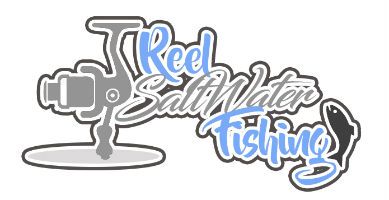The drag on a spinning reel has a big role to play, especially when trying to catch big fish like mahi, tuna, kingfish etc. The setting of the drag needs experience and practice, so you don’t lose that big fish story! Today, we focus on how to set the drag on a spinning reel.
Heat generation, spool diameter, and ambient temperature has an impact on drag when a fi. Each factor contributes a little but if combined, it creates a big difference in drag performance.
For instance, if your drag is set in the afternoon and you fish into the night, the drag will get a bit tighter as temperatures drop. The same for rising temperatures. It is a good idea to check your drag every time you fish and as conditions change.
Too tight of drag and you risk breaking the line, too loose of drag and you risk a big fish taking all of your line with it (aka getting “spooled”).
How to set reel drag to get perfect result
- Set the drag and line in order to before proceeding to measurements.
- Hook a spring or digital scale to the line to take. Be cautious as the line has the possibility of slipping when pulled.
- Now, hold the rod in position so that it creates an angle of 45 degrees. The scale needs to be kept vertical, keeping the line and hook both on top.
- When the rod is placed in this position, the drag will start moving slowly with the weight they kept on the hook and the line extending. Take a measurement as soon as this start happening.
- Ideally the drag on should be set at less than 25% of the breaking strength of the line you are going to be fishing with. You can find the breaking strength on your fishing line box.
Practice makes perfect
With the myriad of options available for reels and rods, practicing with your drag setting is a good idea. Sometimes, I like a lighter drag vs a heavier drag. It depends weather I am using my ultra light or my big Penn Spinner. Play around with different settings to compliment your fishing style. Nothing is more frustrating then a break of the line!
In addition to knowing how to adjust and work with drag, it is also important to know the factors that influence drag system and changes its tension.
Influences
Shrinking spool diameter
Spool diameter effects drag a lot. Every yard of line that the fish pulls shrinks the effective spool diameter. This ends up putting more pressure on fishing line. In this situation, the angler may decide it is best to loosen the drag a little to prevent a break. With that being said, it is imperative you get the fish going in the right direction or try to chase it down so it doesn’t spool you.
Watch the rod to monitor drag stress
When the pressure comes on line, the rod experiences it too. Thus, gauge the rod, as it starts bending, take off the drag when you feel it is the time. Fast action is required for this task.
Consider the large temperature variation
If the temperature swings a lot during your fishing expedition, then extra care needs to be taken on drag. The entire drag system and reel will get firm during cold weather and will loosen up when it’s hot. In this condition, changes in drag setting will have to be done according to the temperature.
Keep the spinning reel in a good condition
A little corrosion or grease in the spinning reel makes a big difference in the fishing and drag system. Thus, keep the spinning reel cleaned and oiled all the time is essential.
If the reel is old, it will require more attention and care as the parts start to wear. Learning how to properly maintain a rod and reel combo will not only save you money, but will also keep the fish coming onto the deck.
Among all the methods of setting drag, the scale method is best and accurate one. Many anglers use it, even though it can be a little time consuming, but as the fisher gets used to using it, it is just a matter of minutes.
There are two types of drag system present in the spinning reel: the front drag and the rear drag. Front drag is mostly placed on the top, and rear drag is at the backend of spinning reel. The manual that comes with the spinning reel also gives information about the drag and maintenance.

